M/Y Gypsy is probably one of the most unique vessels in the private yachting and diving industry. This 80 ft/24.3 m-long vessel sleeps 8 people comfortably and its layout is meticulously designed with comfort and space for our guests in mind.
It was completely refitted in 2021 and the changes made to her only improved the vessel’s superbness. The refit and redesign were done by Dutch boatbuilder, Frank van der Linde, together with interior designer, Simone Schuil. The two of them turned the vessel into the ultimate exploration platform. It has all the comfort needed for long trips and is designed to make you feel at home as soon as you set foot on board.
Apart from being luxurious and having one of the sexiest lines a boat can wish for, M/Y Gypsy is also a very spacious vessel, with over 250 m2 in her three decks. It has a spacious flybridge, chill’n relax areas on the bow and stern, and a massive salon with a serene dining area.
With 4 cabins consisting of 1 owner’s suite, 1 master bedroom and 2 smaller cabins with two single beds each, the vessel allows up to 8 guests to sleep and live comfortably, which is the perfect group size for you and your family, friends or your dive club/shop. They also have 2 comfortable cabins for the crew.
Yacht Layout
M/Y Gypsy consists of 3 floors, lower-upper and a flybridge. For 8 guests the yacht is spacious and comfortable to walk around. From the floor to ceiling you never have to lower your head.
The flybridge: Multiple seating areas. A sundeck with bean bags. Chill lounge with large soft seats and a minibar. Captains secondary bridge. A perfect place to enjoy the cruise or relax in between dives.
The upper deck: From the back a dive deck, a outdoor seating and table area with dive tank holders and storages for each guest. Inside the salon a dining & seating area with a large camera station. Bar & Kitchen. At the captains bridge a stairs to the lower deck. At the bow a large sundeck area for relaxing and seating with soft cushion.
The lower deck: From the back a dive platform, showers and rinsing station for cameras or equipment. Engine room with a thick soundproof wall for quiet experience. Deluxe suites, staff rooms and master cabin.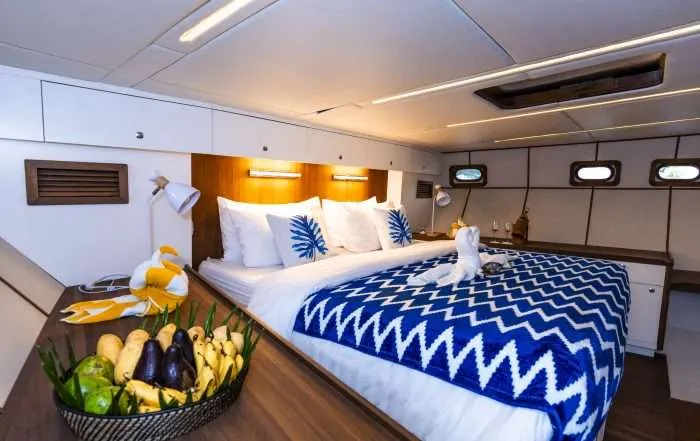
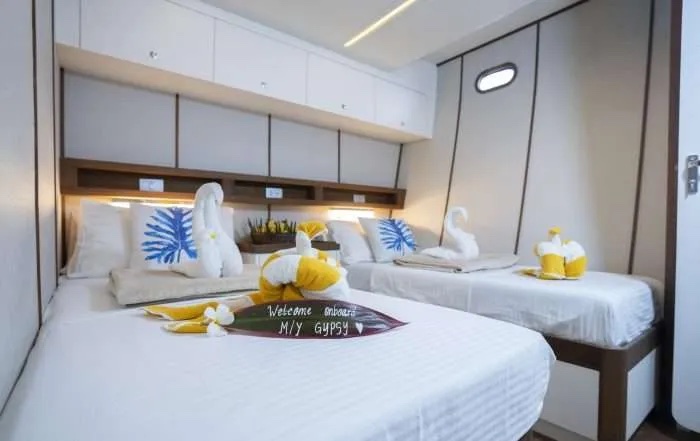
The Trips - 8 days/7 nights
The Tubbataha Reefs
Accessible only by liveaboard, the Tubbataha Reefs were proclaimed as a National Marine Park in 1988 and inscribed as a UNESCO World Heritage site in 1993, in recognition of their outstanding universal value in terms of marine life species diversity and richness. These reefs consist of vertical walls or near drop off’s rising out of great depths where hammerheads, thresher sharks, and whale sharks can be seen.
Dive sites consist mainly of vertical walls or near drop offs rising out of great depths, with shallow reef tops teeming with local reef fish. The angelfish, butterflyfish, rainbow runners, Moorish idols, fusiliers, jacks, snappers, and sweetlips follow you around, while stingrays, marble rays, spiny lobsters and juvenile reef sharks are also common sightings in many places. There are several species of turtle known to inhabit the waters of this gigantic natural park; the most commonly sighted being green and hawksbill. Large trevally, tuna, and barracuda as well as grey reef sharks and white tip reef sharks can be spotted patrolling the reefs on the majority of the dive sites, whilst manta and eagle rays are occasional visitors. Groupers and wrasse flourish here and sightings of hammerheads and silver tip sharks have been amongst the large elasmobranchs spotted by guests of the Siren Fleet during our cruises. In addition to breath-taking dives, you will have the opportunity to visit the ranger station on the North Atoll to learn more about the marine protection of the area.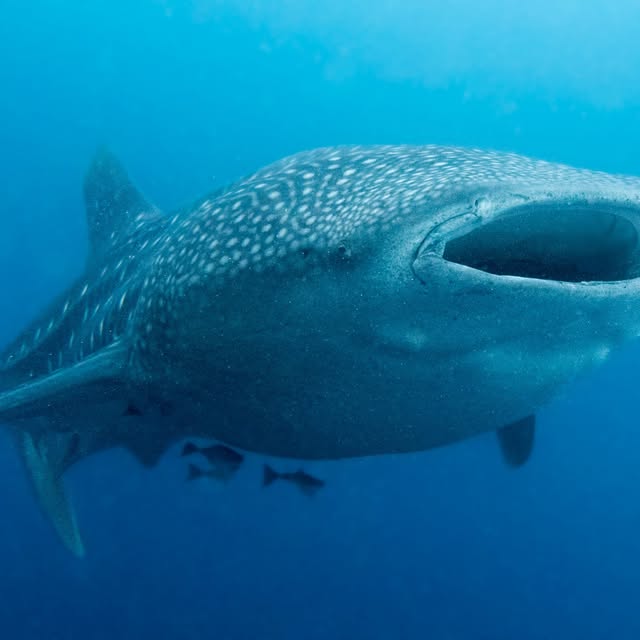
Cagayancillo
Cagayancillo, officially the Municipality of Cagayancillo in the province of Palawan, Philippines. Located between the islands of Palawan and Negros in the Sulu Sea, Cagayancillo is the closest settlement to the Tubbataha National Marine Park. The word Cagayancillo is Spanish meaning “Little Cagayan.” Far from any civilization where you experience white powder sands with pristine blue water and protected reef scapes.
Diving Cagayncillo
The reefs expand over 500km of seascapes making it one of only two (Tubbataha) large area of open sea diving destination in the Philippines. Perfect for large pelagic animals such as Whale sharks, Mantas, Marble stingrays and reef sharks. Due to it’s location it has some of the best coral reefs in the country just like Tubbataha. Even with the isolation of the reefs and islets there are marine protected areas with no take zones.
Over 20 dive site on Cagayancillo with many more unexplored. From shark caves to vibrant hard and soft coral reefs. Sandy slopes and steep wall dives. A massive shipwreck starting from shallow to deep. Two nearby islands of Calusa and Bonbon. Sunken blue water reefs and many more. Making it one of the best diving destination.
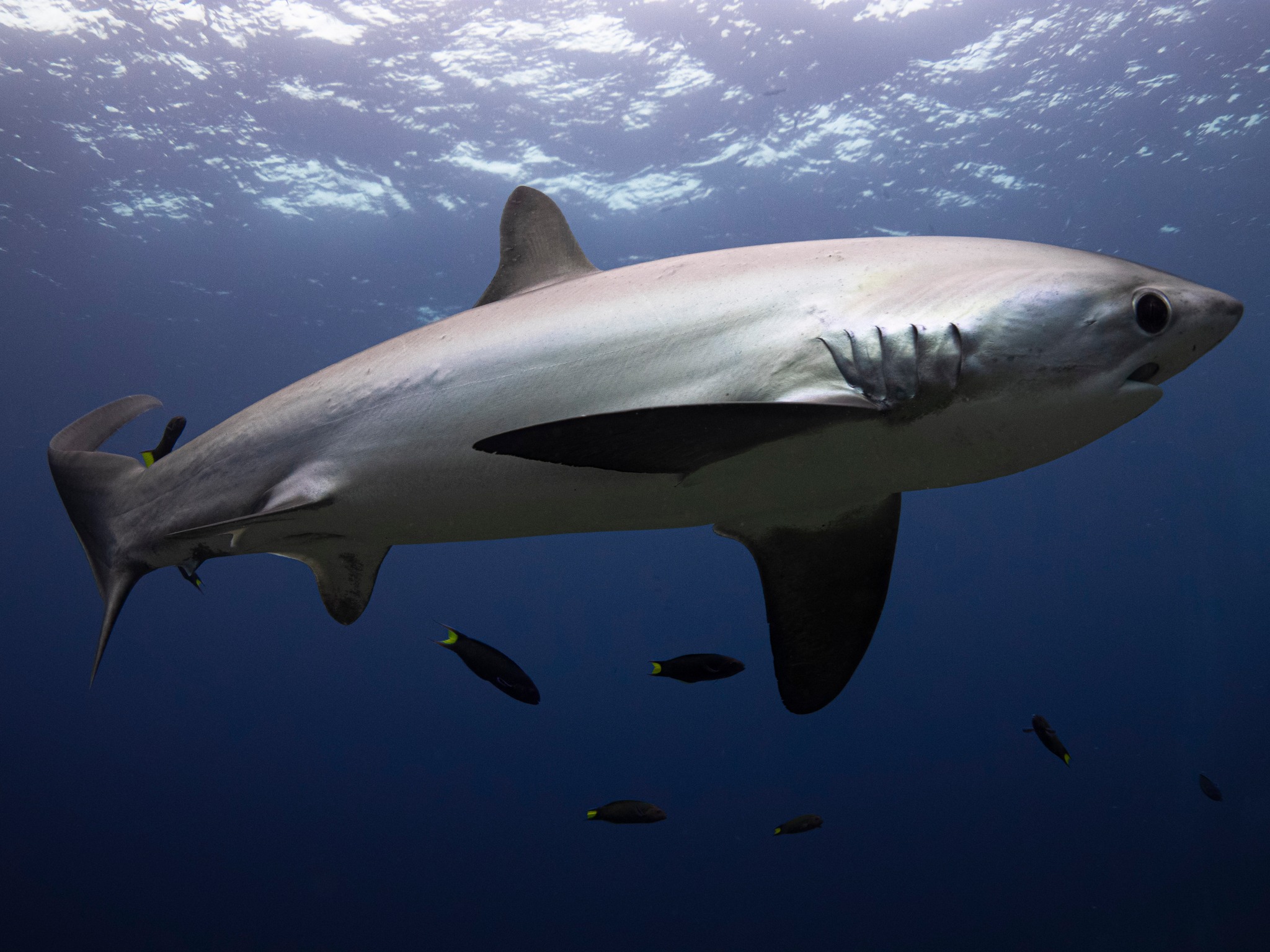 Malapascua
Malapascua
Situated in the Visayan Sea north of Cebu; Malapascua became known in the early 1990s as a dive destination. Prior to this, the island was known for its wide white sand beach, known as Bounty Beach; it has also become known for its beautiful coral gardens, coral walls and excellent local dive spots, as well as further-out sites including Gato Island, Monad Shoal, and Kemod Shoal. Monad Shoal is an underwater plateau where thresher sharks and manta rays can regularly be sighted.
The number-one dive site of Malapascua is Monad Shoal, a natural cleaning station for fish located 7.8 kilometres (4.8 mi) from the island . The shoal is a 1.5 kilometres (0.93 mi) long rock stump at the edge of a 200 metres (660 ft) drop and has a flat top at a depth of 20 to 24 metres (66 to 79 ft). The site is best known as the only place in the world where thresher sharks can be seen regularly at and just before sunrise. They use the seamount as a cleaning station for bluestreak and moon cleaner wrasse to remove ectoparasites such as gnathiids from their skin and clean their gills and mouths. The shoal also attracts other pelagic fish such as devil rays and eagle rays. Manta rays and hammerheads are seasonal.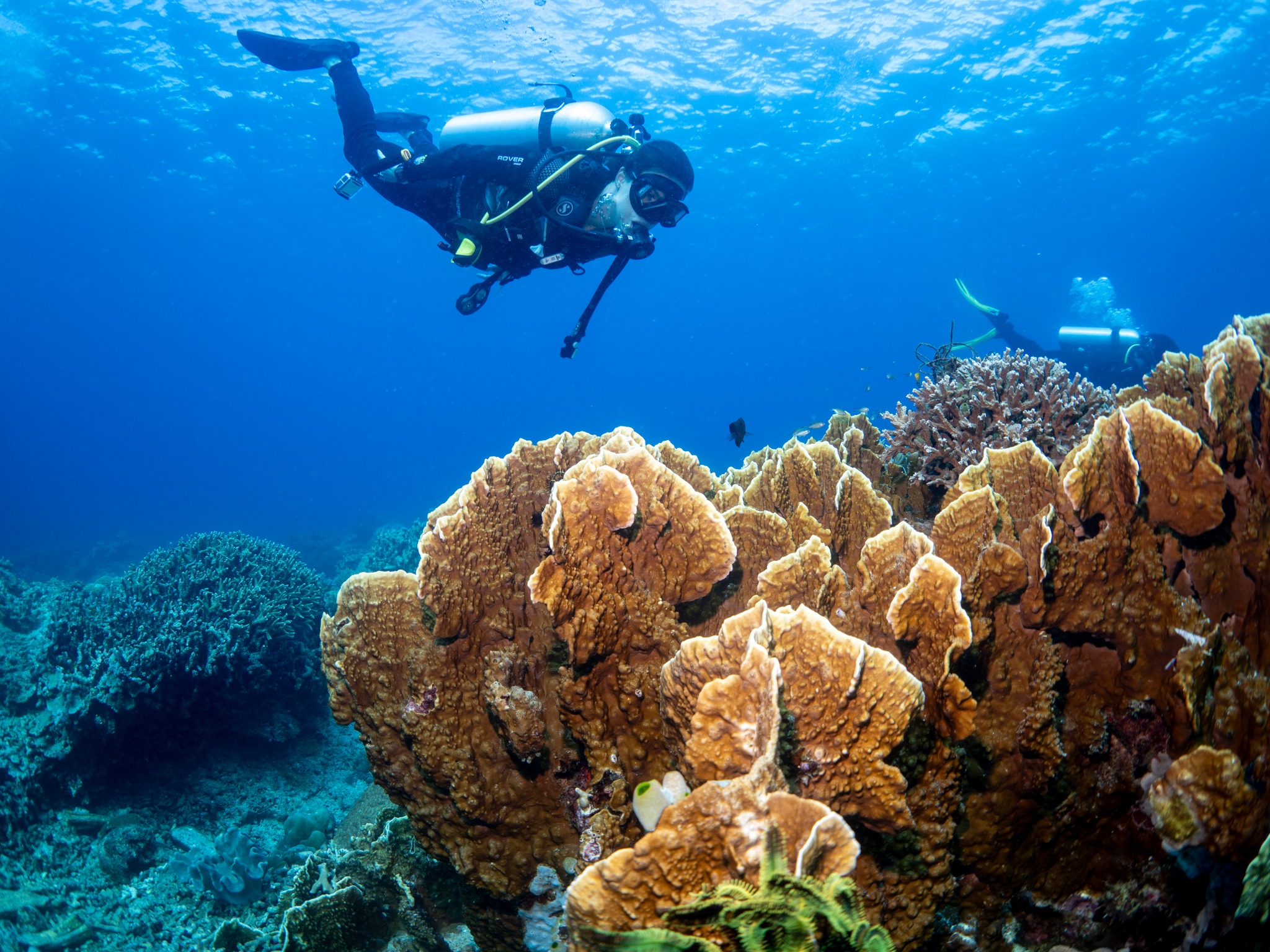
Dauin – Moalboal – Malapascua – Dauin
We call it the big shark trips and for good reasons. On this safari we go to the best places to see multiple species of sharks. Everything from Thresher sharks, white&black tip, bamboo shark, whale shark and if lucky hammer head in Apo island. This trip offers incredible variety of palegic animals as well small rare speceis.
Dauin
Negros Oriental, Dauin, with its black volcanic sand, is famous for muck diving. Depending on the season, different types and sizes of octopuses, sea horses, (baby) frogfish, a variety of ghost pipefish, and flamboyant cuttlefish can be found. This is where we start the trip in front of Pura Vida Beach & Dive Resort
Moalboal
Located on the western side of Cebu island, a small land that sticks out of the mainland forming a island look a like formation. Here is the famous Sardine run! A very popular snorkeling place but scuba diving is a other world experience! Pescador island is only 20 minutes away, amazing coral and a cave. Giant frogfishes and critters can be found.
Coron
Coron is the third-largest island in the Calamian Islands in northern Palawan in the Philippines. The island is part of the larger municipality of the same name. It is about 170 nautical miles (310 km) southwest of Manila and is known for several Japanese shipwrecks of World War II vintage. Because of its unique ecological features, the entire area is protected by several legal proclamations.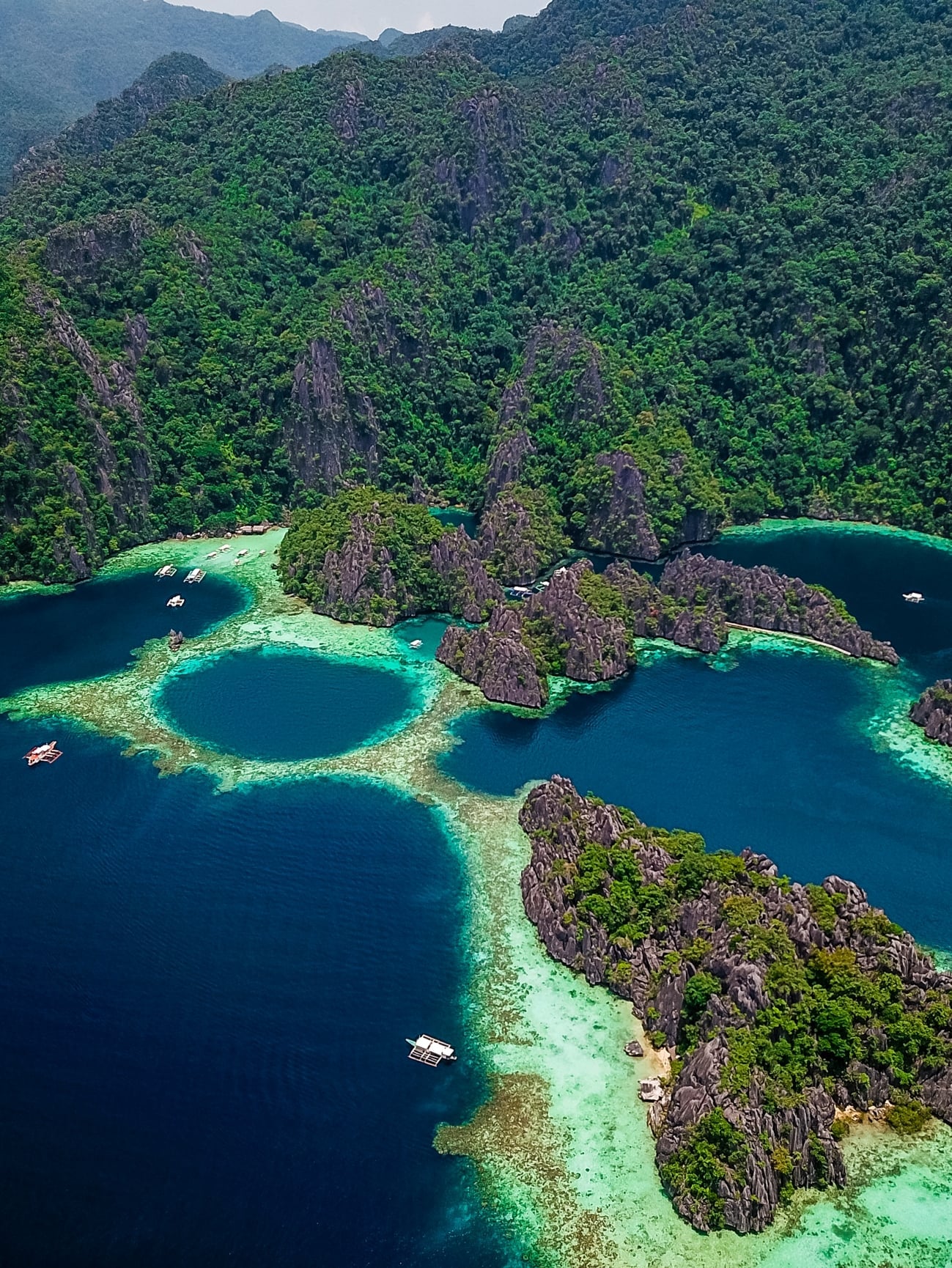
Just Right
Free resort nights with liveaboard trips
* Valid at Pura Vida (except Apr + May)